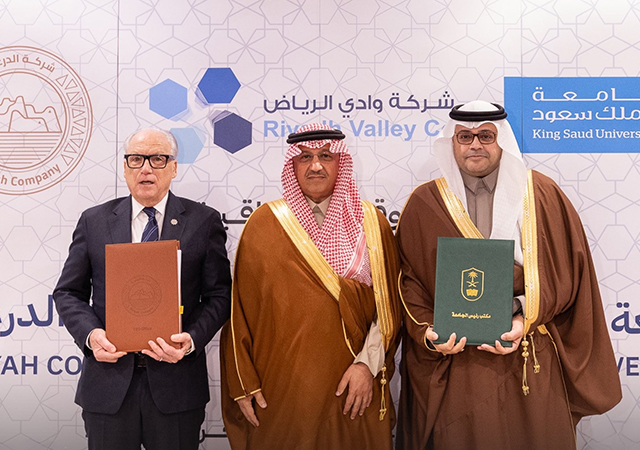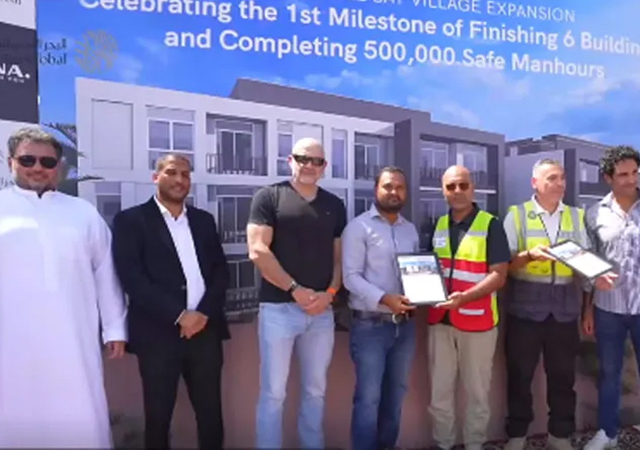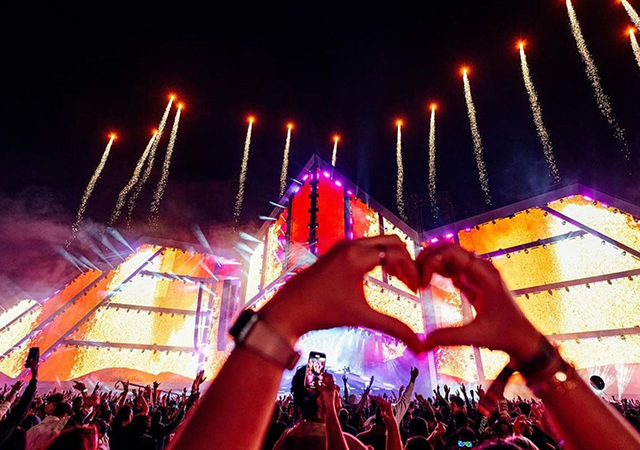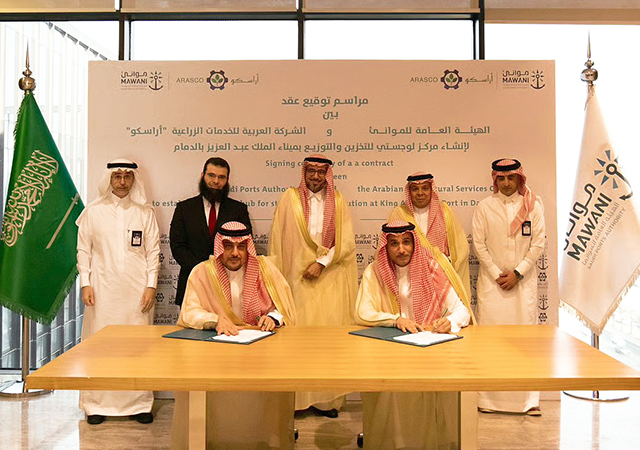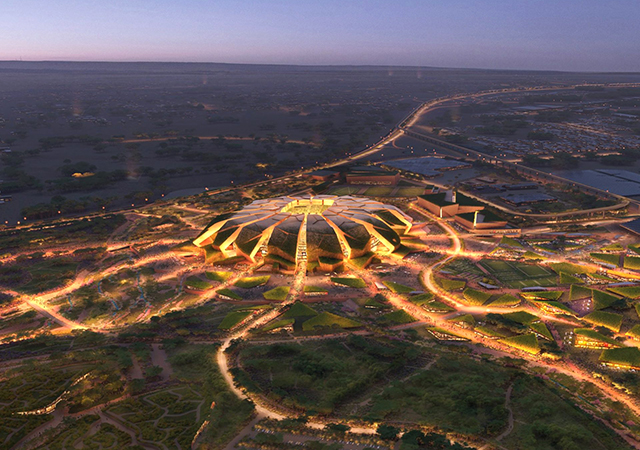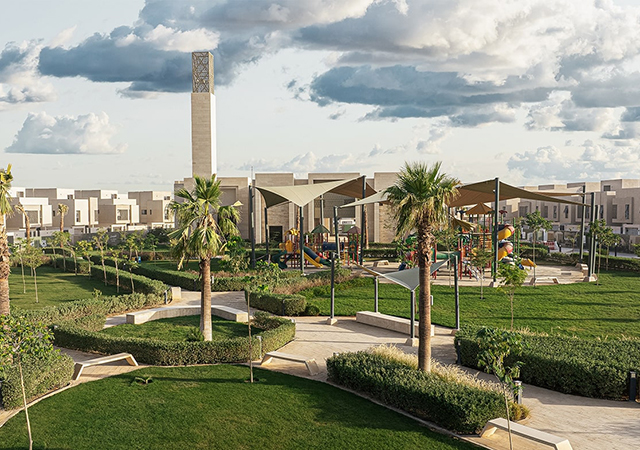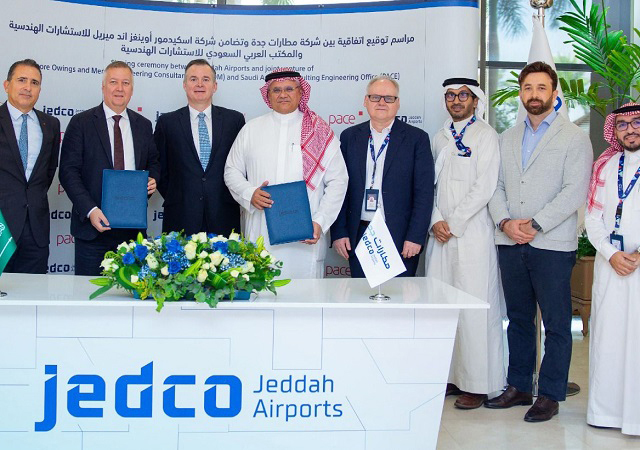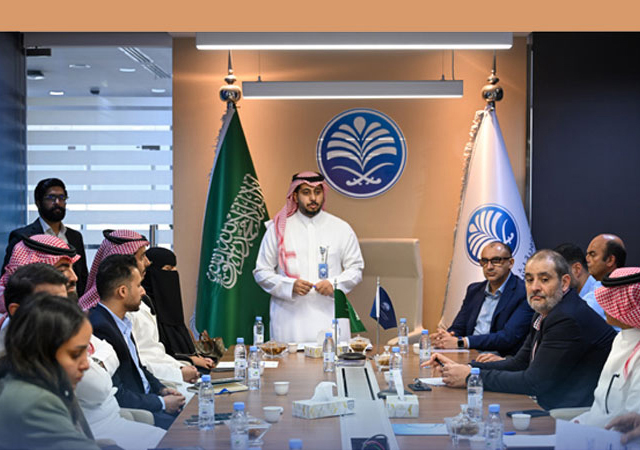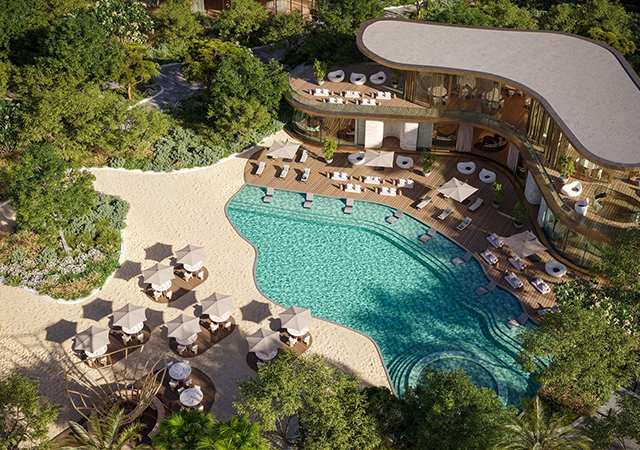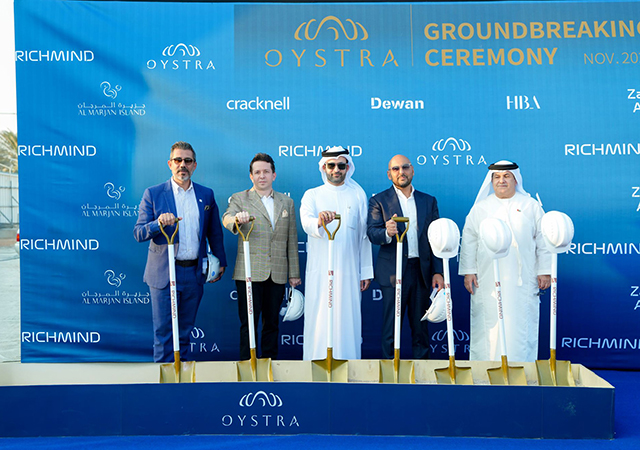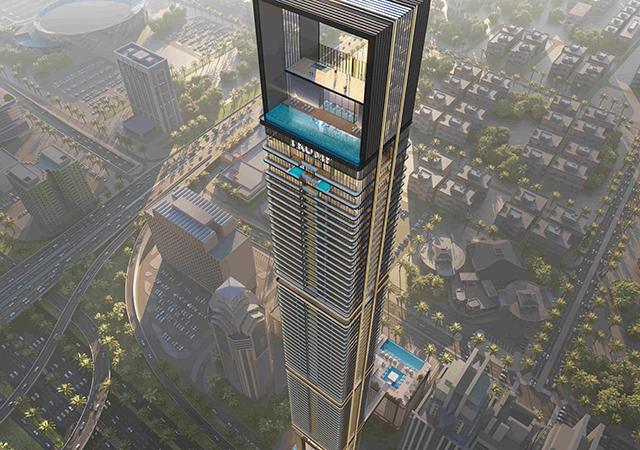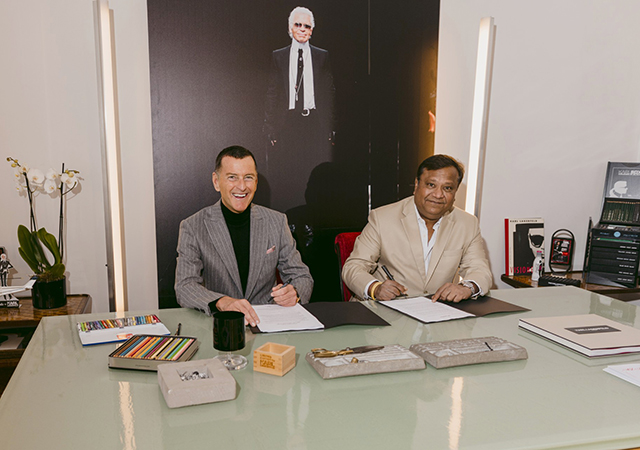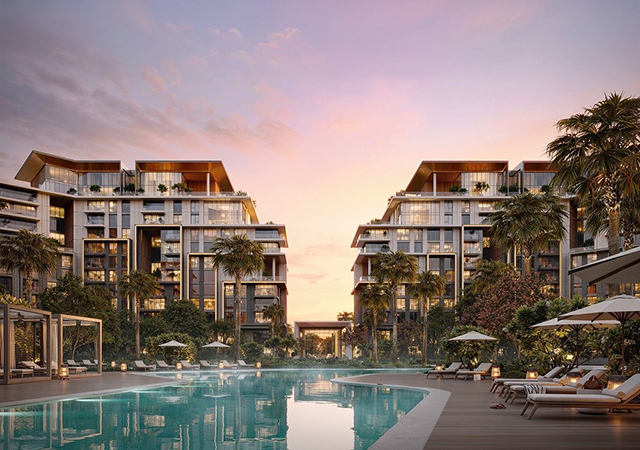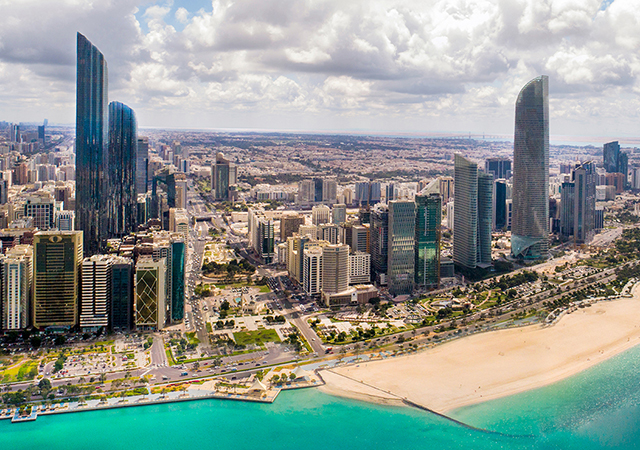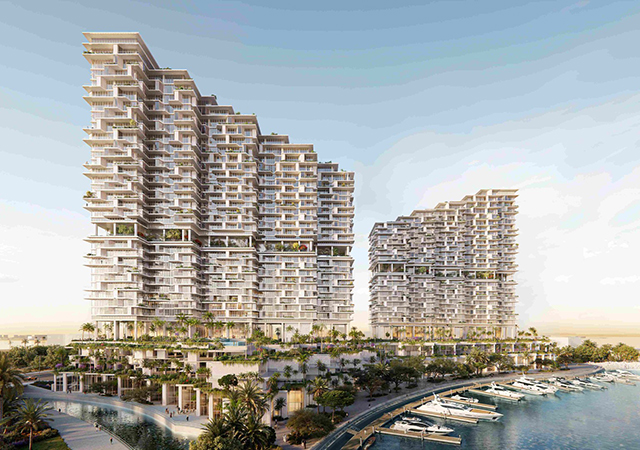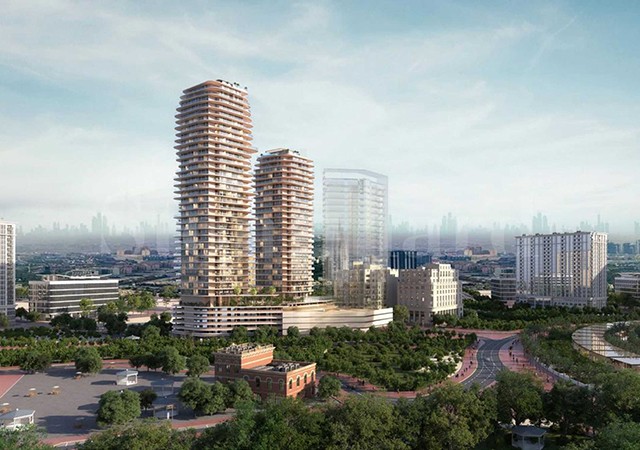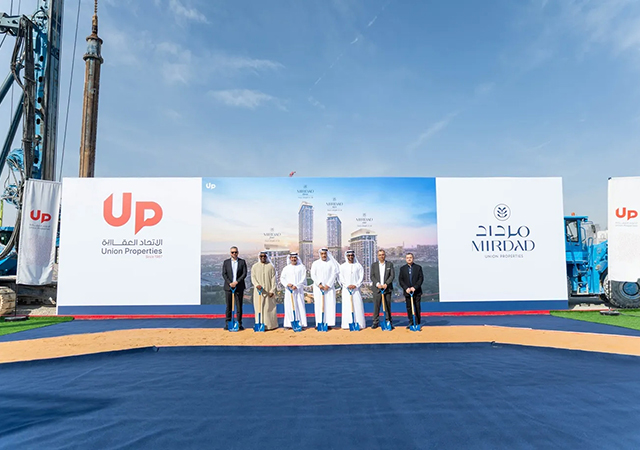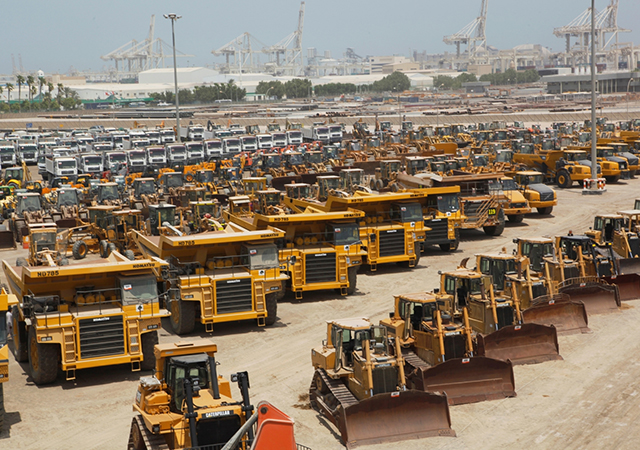 Region-wise split of the GCC paints and coatings market in terms of volume for 2010.
Region-wise split of the GCC paints and coatings market in terms of volume for 2010.
THANKS to the promising construction and industrial growth in the region, the GCC is one of the fastest growing markets for the global paints and coatings industry. This paint and coating market was estimated at $2.059 billion in 2010 and expected to reach $3.003 billion by 2017 at a compound annual growth rate (CAGR) of 5.5 per cent.
Saudi Arabia is the market leader, with close to 50 per cent of market share and paint demand touching 900,000 tonnes in the kingdom alone. It plans to invest close to $500 billion to build six new industrial towns, which will most definitely drive increased investment in the coatings market. The UAE ranks second with a market share of 20 per cent with Abu Dhabi emirate expected to drive the major demand for paints.
The paints and coatings industry is broadly differentiated as decorative coatings for buildings, powder coatings used for consumer durables, marine coatings for ships and yachts, protective coatings for industrial equipment, auto OEM and refinish coatings for automotives and others such as wood, can and coil coatings.
The GCC paints and coatings market is robust and dynamic with large multinationals such as Jotun Paints, Hempel Paints, AkzoNobel, Sigma, BASF, DuPont and others operating here. The major demand for paints and coatings arises from the unprecedented real estate growth and extensive industrialisation in the region in the past decade. Though the paints and coatings sector was impacted by the global recession, it has bounced back well in the past two years.
 |
|
Segment-wise product split for 2010. |
The major drivers for the construction industry in the remaining GCC countries like Kuwait, Oman and Qatar are government spending on basic infrastructure, affordable housing, infrastructure for transportation and urban regeneration. Especially in Qatar, the winning bid to host the Fifa World Cup in 2022 has attracted huge investments towards infrastructure development.
The GCC’s top 100 large-scale projects account for more than half of the total value of all the projects undertaken in the region. These projects are changing the face of the GCC and laying foundations for sustainable growth. The architectural or decorative paints and coatings, used universally for buildings and residential purposes, are the most sold paints in the GCC region with 61 per cent share in terms of revenues and 83 per cent in terms of volumes in the overall paints market. The protective coatings segment constitutes 19 per cent in terms of revenues and seven per cent in terms of volumes. Other segments like marine, auto refinish, powder, wood, can, coil coatings constitute the remainder of the market.
Key market drivers
The paints and coatings industry depends largely on the growth of the construction industry in the GCC. With major investments made by governments of member states, the paints and coatings sector is expected to pick up and steadily grow from the lows experienced during the global economic slowdown.
The GCC governments are investing heavily on basic infrastructure and projects that were put on hold during the recession. These are now being actively executed. This initiative will provide a major boost to paints and coatings manufacturers.
There are some major investment initiatives by the governments of the GCC states. The UAE is expected to be the dominant force in the construction industry in the region, despite the economic slowdown and Dubai’s financial crisis. Several high-profile projects are under way in Abu Dhabi including Capital District, Al Reem Island, Yas Island development, Masdar City, and Saadiyat Island in Abu Dhabi.
Saudi Arabia is investing several billion dollars for upgrading infrastructure in oil and gas, power, transportation, education, retail and real estate. Major projects in the kingdom are King Abdullah Economic City, Kingdom City, Riyadh power plant, expansion of Rabigh power plant, Haramain High Speed Railway linking Jeddah with Makkah and Madinah, and infrastructure development projects such as the expansion of King Khaled International Airport in Riyadh and Prince Mohammed Bin Abdul Aziz International Airport in Madinah.
Kuwait has passed the privatisation law, which will drive the country’s construction market. Major projects in the country include Madinat Al Hareer (City of Silk), Kuwait urban metro, and tourism development projects.
Qatar will lead the GCC with huge investments for basic infrastructure development, as well as potential new investments that are expected to come up for the Fifa World Cup 2022. Major projects in the state are the Qatar national railway system, New Doha International Airport and New Doha port. Oman is investing in major airport development projects across the country including Sohar Airport, Muscat Airport, and expansion of Salalah Port. Other key projects in the sultanate include Duqm new town. Meanwhile, Bahrain will be amongst the slowest growing construction markets in the region with very few projects in the pipeline.
Challenges
The paints and coatings industry in the Gulf region, however, faces some key challenges. These include:
• Increasing raw material prices: Since the paints and coatings industry is dependent on petroleum-based raw materials, it is subject to fluctuations. Ever-increasing crude oil prices are impacting the overall paints and coatings industry in the GCC. Paints and coatings manufacturers can overcome such fluctuations by mutually agreeing to a stable pricing structure.
• Price-sensitive market: With the increasing number of competitors, the market is becoming more volume-based with lower profit margins. There are several companies from China, Turkey, and Taiwan selling paints at a cheaper rate, thus increasing the severity of price competitiveness. To overcome this, local companies would need to come out with newer products, which would give them additional benefits and therefore command a higher price in the market.
• Low awareness of quality paints and coatings: The GCC market is dominated by large multinational and small regional companies. Not many companies operating in the market follow the concept of value selling and hence, awareness about quality and specialised coatings is low.
Conclusion
But despite these challenges, the $2.059 billion paints and coatings market in the GCC is expected to reach $3.003 billion by 2017. This market, which is mainly driven by consumer preferences for paints and coatings and brand image of the products, has high growth potential with advancements in products and is expected to see the influx of many new local manufacturers and importers in the next five years.
* Frost & Sullivan's Chemicals, Materials & Food practice provides global industry analysis, growth consulting, market research, market forecasts and insights into emerging technologies, enabling clients to address current trends and challenges, identify new technologies and take advantage of growth opportunities. Its global team of industry experts, consultants, market analysts and research executives monitor the personal protective equipment and food and beverage ingredients markets, as well as the use of chemicals and materials in transportation, construction and utilities and food, drugs and cosmetics.



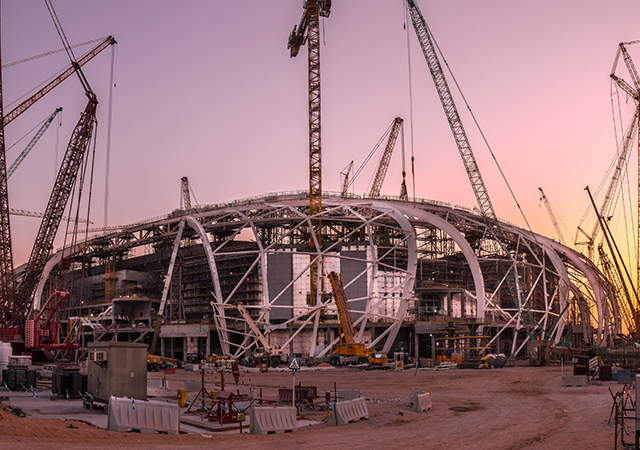
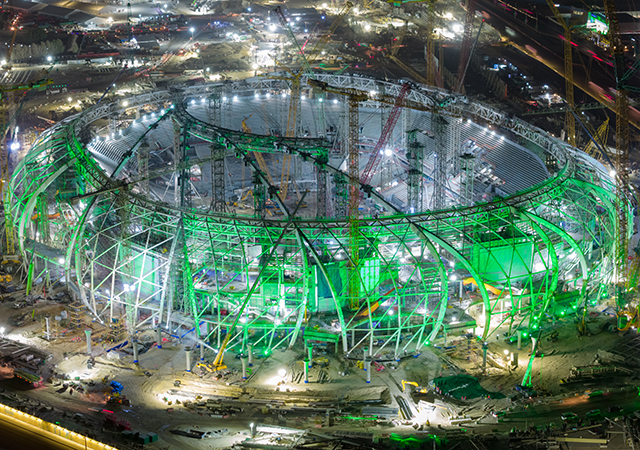
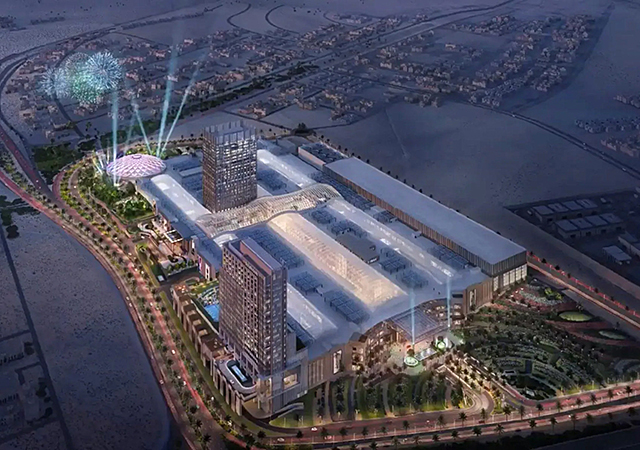
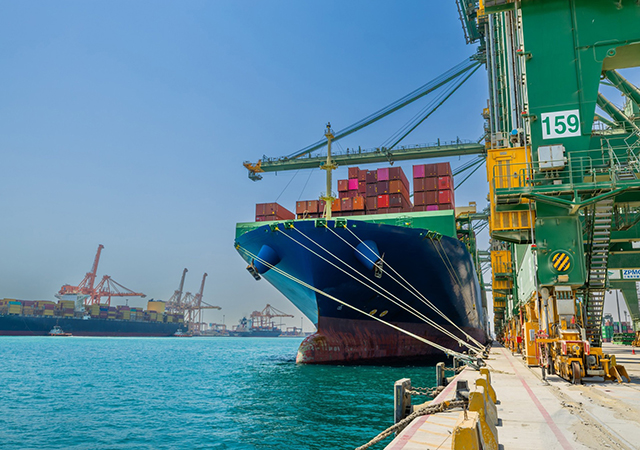
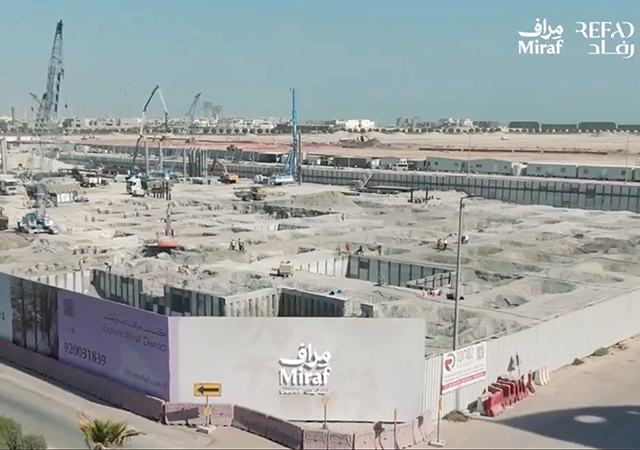
.jpg)
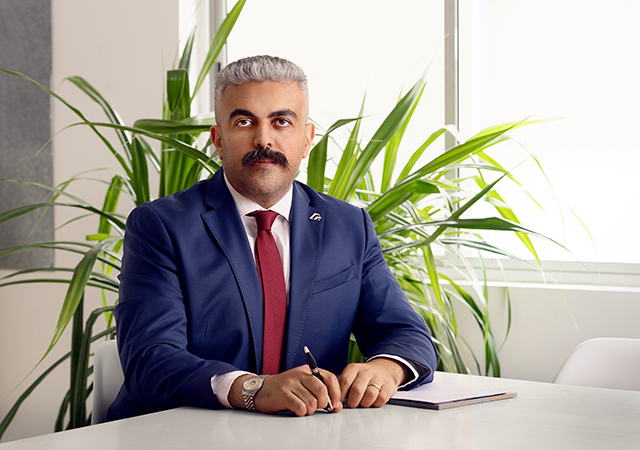


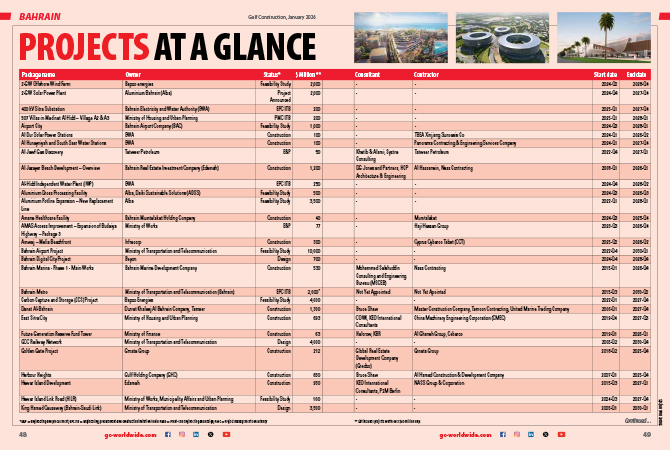
.jpg)
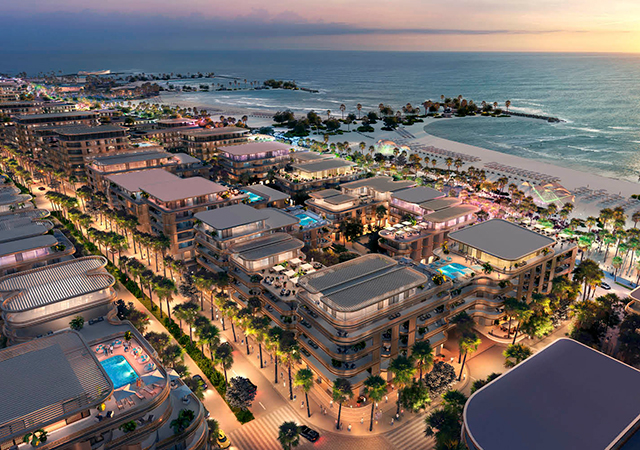
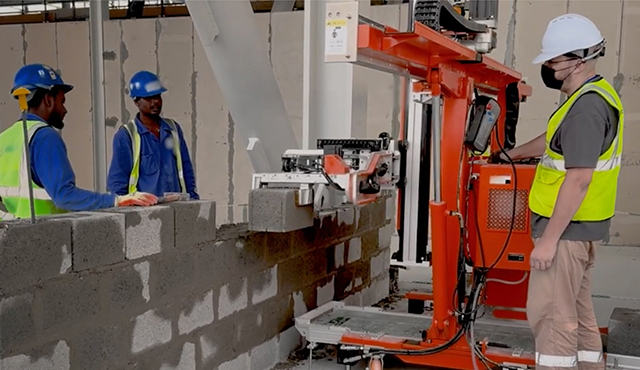
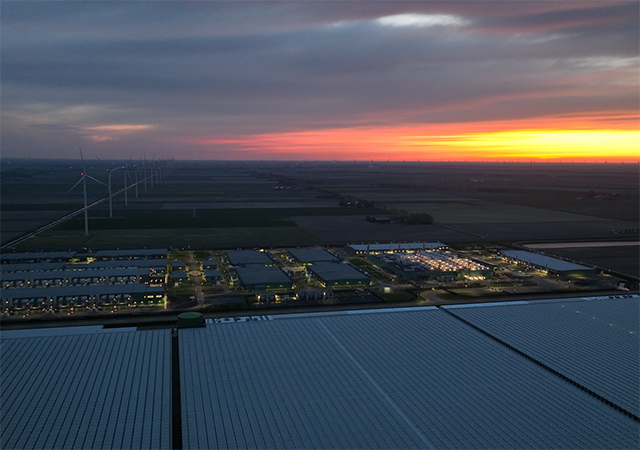
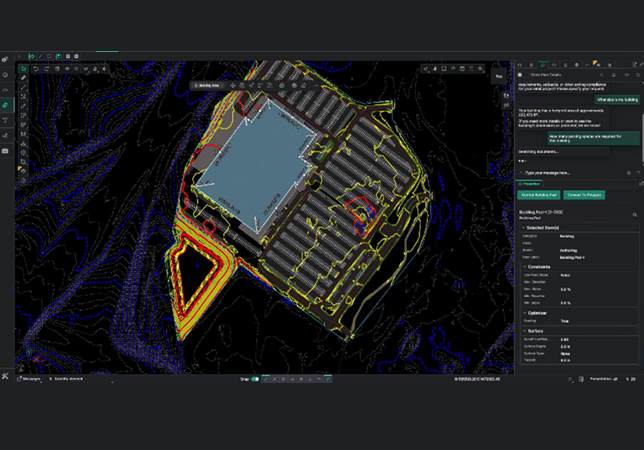
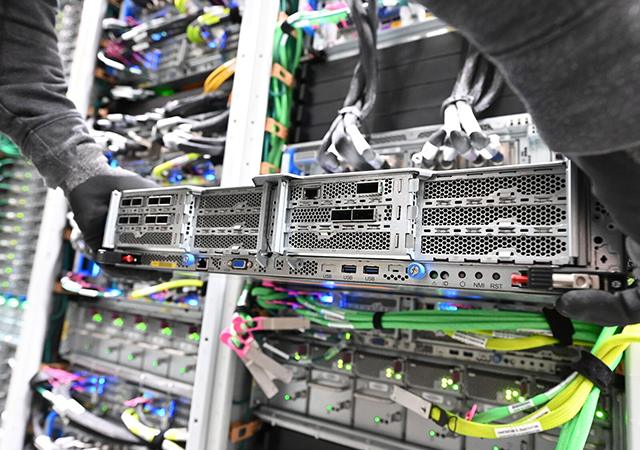
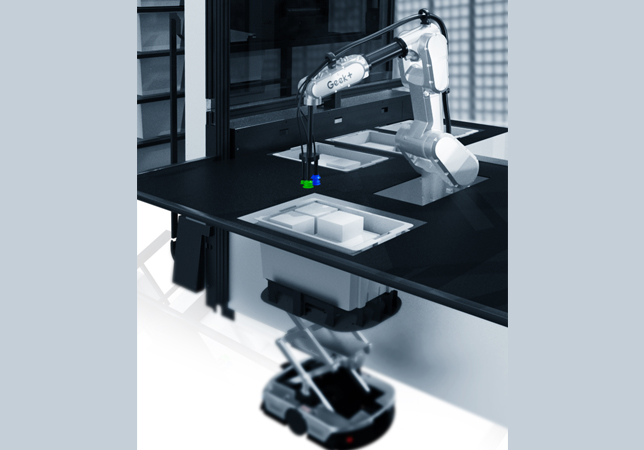

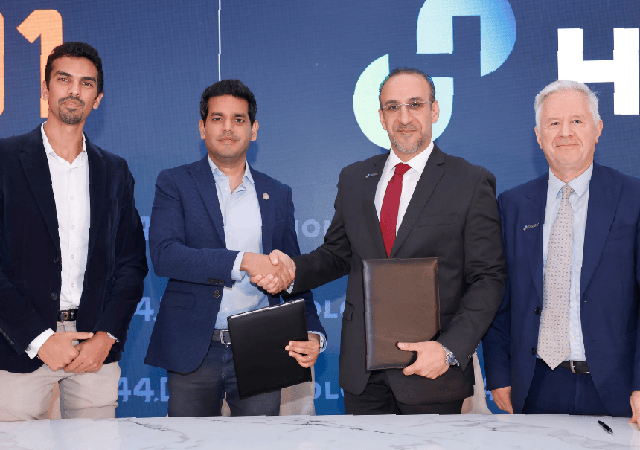
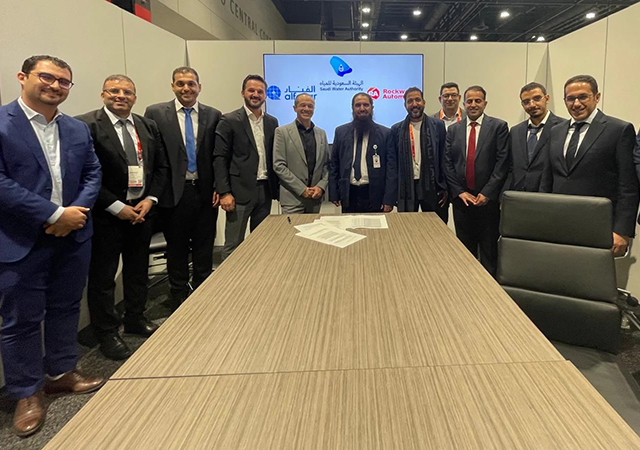

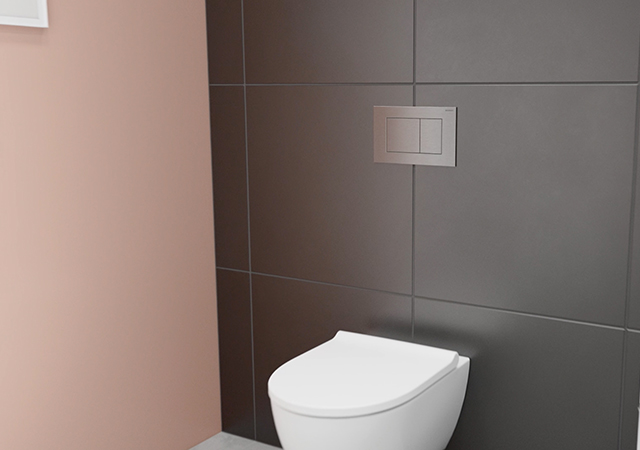

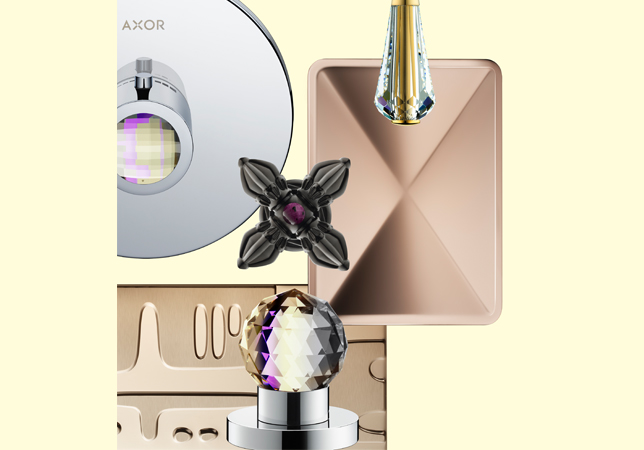

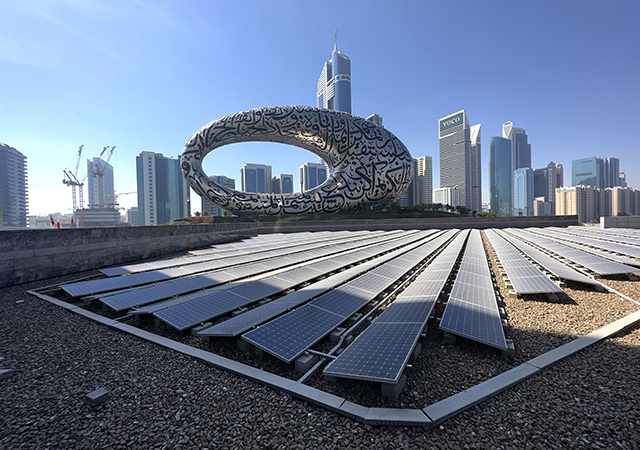
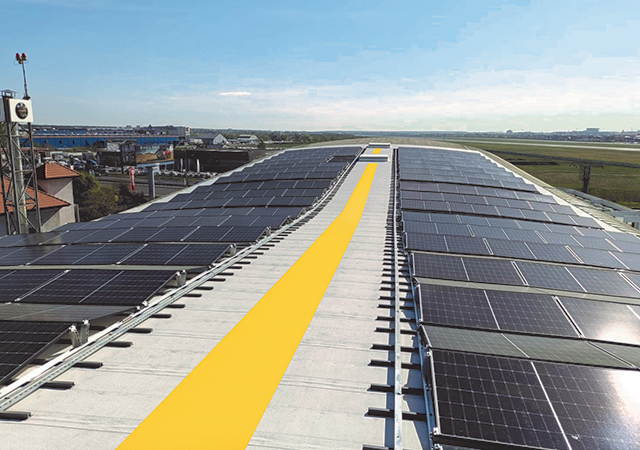
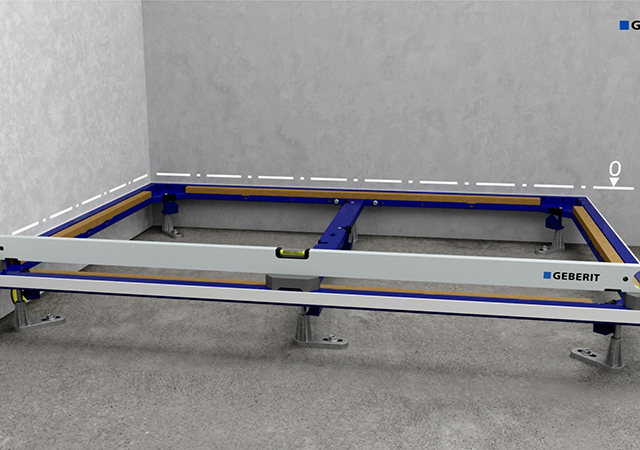
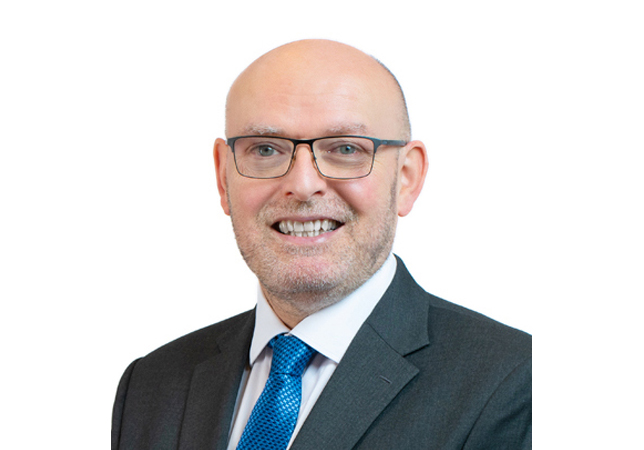
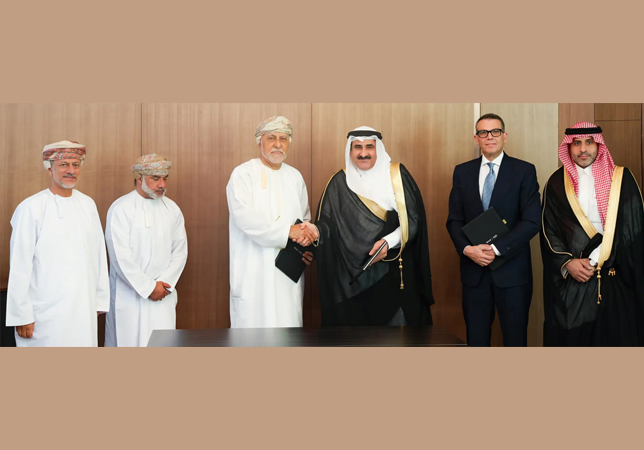
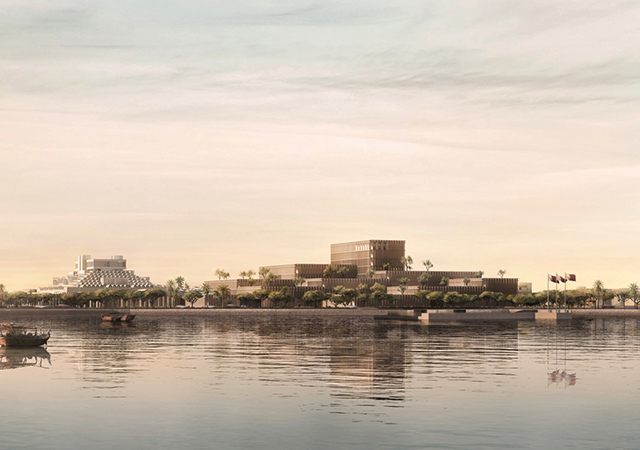
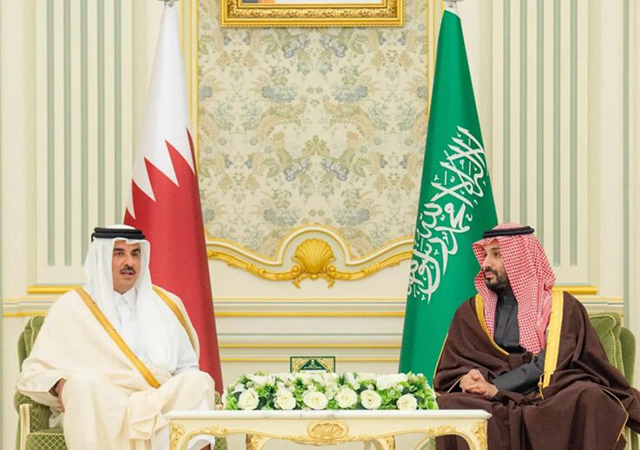


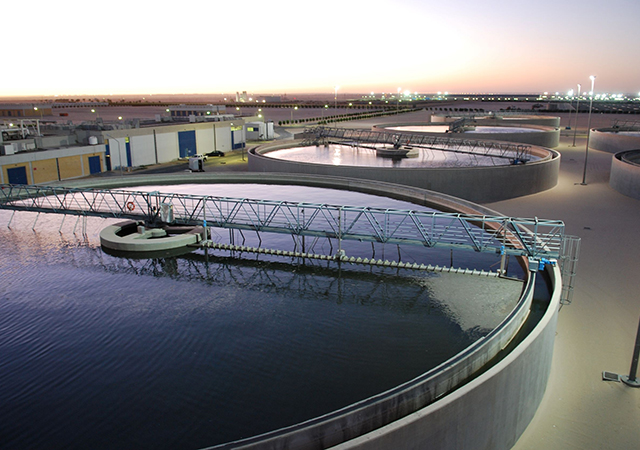
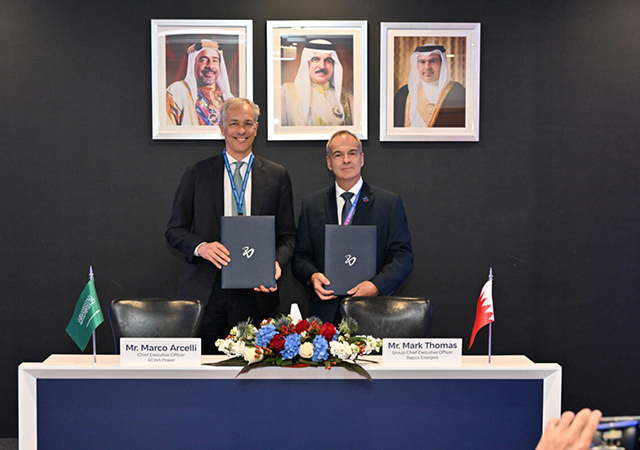

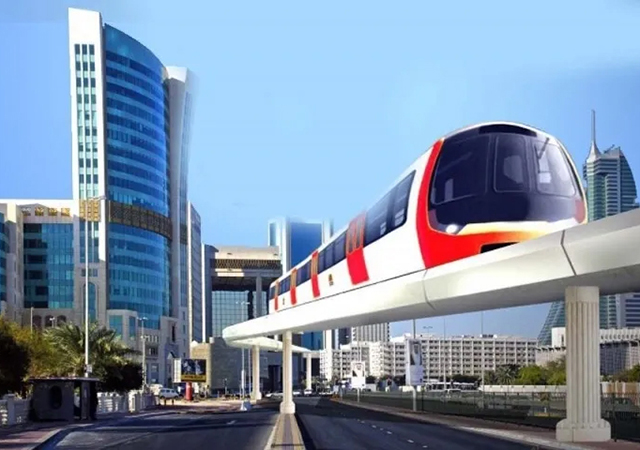
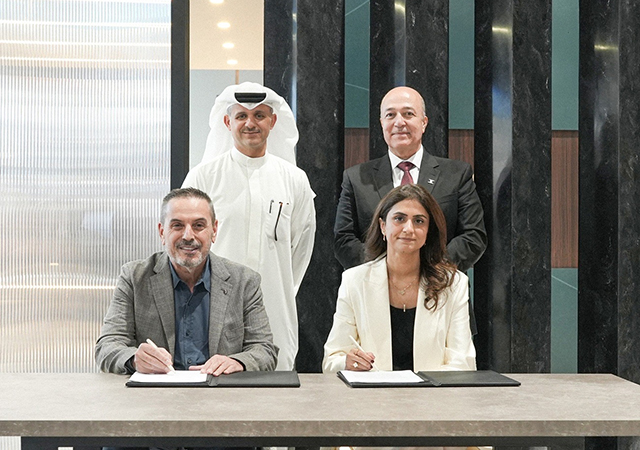
.jpg)
